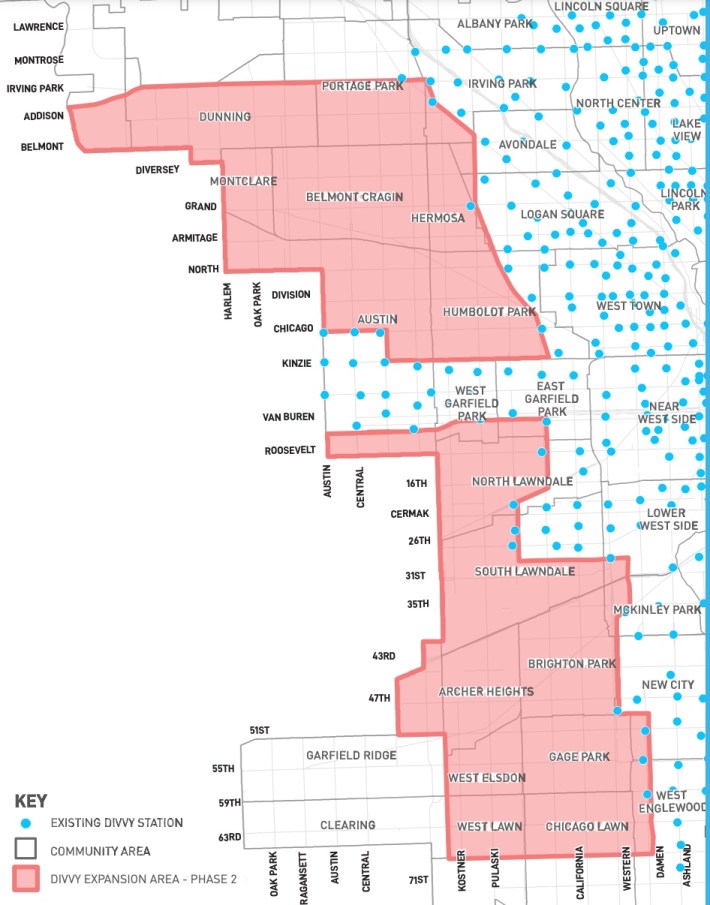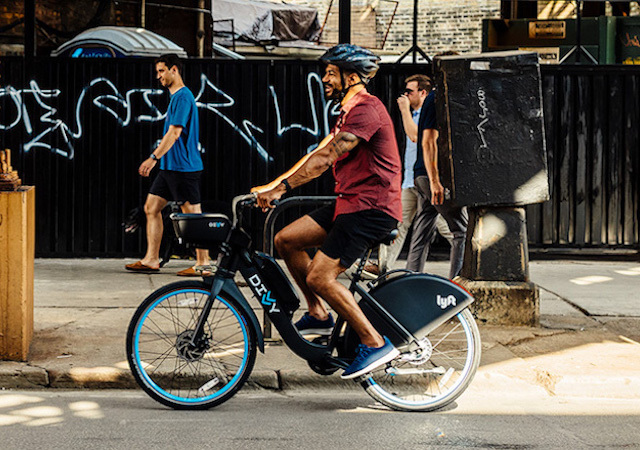Ever since Divvy bike-share's pedal-assist electric bikes debuted in summer 2020, there's been all kinds of confusion about how fast they go. The Chicago Department of Transportation, which oversees the Lyft-run system, originally announced that speeds would be capped at 15 mph for starters to be on the safe side, even though a new city ordinance allowed 20 mph pedal-assist bikes to use bikeways.
However the initial e-Divvy speeds seemed to be faster than 15, more like 20. But by last November, Divvy customers were complaining that the bikes had been slowed down to 15, with an unpleasant grinding sensation when they reached top speed. CDOT and Divvy confirmed the bikes had been slowed down, but gave various conflicting explanations for why the bikes were originally faster, and the timeline of when the changes occurred. I won't outline that whole complicated saga here, but click on some of the links in this paragraph to get a sense of what happened.
The important thing is that there was some good news for lovers of zippy e-bike rides today as CDOT spokesperson Mike Claffey revealed that as of last night the e-bikes have been capped at 20 again, likely permanently. "We made a change because some customers requested it, and we looked at what other cities do, and we're aligning our speeds with them," he said. "Minneapolis, San Francisco, Portland, and D.C. also have 20 mph caps, and we've come across no concerns from them."
Claffey noted that the electrical assist doesn't kick in unless you pedal, and it shuts off when the bike hits 20. "The great thing about pedal-assist is that it makes biking more accessible." 3,500 e-Divvies were deployed last year, and another 3,500 electric bikes are slated for deployment starting in July as the West Side coverage area is expanded.

Indeed, e-bikes are especially handy for folks on the South and West sides, where less density of people and destinations means more ground often has to be covered on a bike commute. The higher speeds will help make cycling a practical alternative to driving for multi-mile journeys, especially during the heat of summer. And in most of the South and West Divvy coverage area there's no additional charge for using e-Divvies or parking them outside of a station.
Since some residents have complained to Streetsblog Chicago about fast e-bike riding on sidewalks, I asked Claffey what strategies Divvy is using to encourage people to ride in the street. "Obviously we're discouraging people from riding on the sidewalk, unless they're heading to or from a parking spot, which is legal in Chicago." He noted that the Divvy app reminds users that sidewalk riding is generally illegal here, and the headset of the bikes (the part that holds the handlebars) has text to that effect. Of course, the best way for CDOT to help keep people from biking on the sidewalk would be to build a cohesive network of protected bike lanes.
In other e-Divvy news, when I asked Claffey about whether bike-share theft has been a problem this summer, he didn't have any updates to share, but referred me to this tweet from the Chicago Police Department's Marine Unit.
#ChicagoPolice @CPDMarineUnit batting 100% against @DivvyBikes this season. #Officers recovered two more from #LakeMichigan 5 total this year. Although it is great #training for our #Scubadivers & keeps up our skills for #rescues it could be costly for renters #ChicagoLakefront pic.twitter.com/OvJbLf8K6N
— Chicago Police Marine Unit (@CPDMarineUnit) June 10, 2021
Reminder, folks: Using an e-bike is a great way to stay comfortable when commuting during the summer, but please don't cool off by joy-riding Divvies into the lake.





